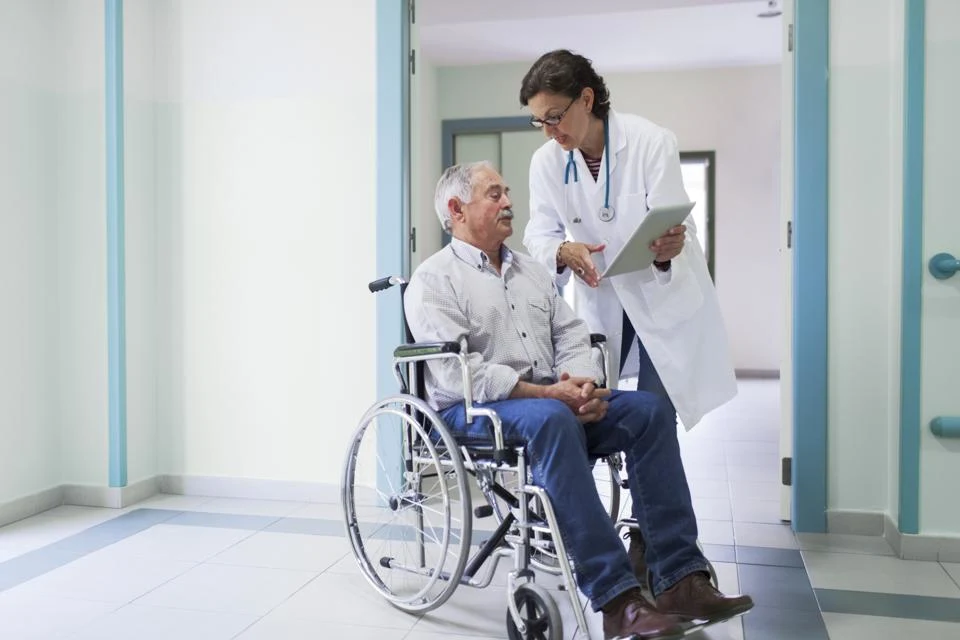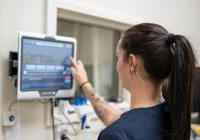Hospitals frequently encounter delays when patients remain in beds after they are clinically ready to leave. Each additional hour can slow admissions from the emergency department (ED), reduce surgical throughput and increase pressure on staff, with implications for safety and quality. Longer-than-necessary stays are linked to complications, hospital-acquired infections and functional decline, while patients waiting in the ED or post-anaesthesia care unit may face delayed access to care. Technology is being applied to address these issues. AI-based decision support within real-time command centres is helping organisations build visibility, translate information into actions and coordinate the steps required for safe discharge. By moving from late identification to earlier planning, hospitals can reduce avoidable delays and support care progression across the continuum.
Turning Visibility into Action
Discharge delays often arise from incomplete systemwide awareness. Different teams hold fragments of information: nurses may know who is nearing discharge readiness, case managers track pending authorisations and transport monitors requests. Without a consolidated view, the full context is unclear. Conventional dashboards can show pending counts but may not indicate the specific actions needed to achieve timely discharge. Performance improves when live data are aggregated and converted into concrete next steps, such as identifying who is most likely to be discharged, what tasks remain and how to align the sequence of work across teams.
Must Read: Unlocking Hospital Efficiency with AI-Powered Discharge Intelligence
Predictive models highlight likely discharges earlier in the day, creating time for case managers to arrange post-acute placements, pharmacists to prepare take-home medications and patients to organise transport before the final order is written. This shift from reactive to proactive planning reduces last-minute activity. Prioritisation can reflect broader capacity needs. For example, freeing an intensive care unit bed may be more consequential than turning a general medical bed if surgical patients are waiting. Aligning expected discharges with anticipated admissions allows more effective use of limited beds and helps minimise bottlenecks that undermine timely care. In this way, visibility is not only descriptive but operational, guiding the order and timing of tasks so that the next patient can access the bed when it is needed.
Orchestrating the Discharge Sequence
A discharge depends on a sequence of linked actions rather than a single decision. Nursing teams must complete education and final checks, the pharmacy must supply medications, transport may be required to move the patient and Environmental Services must prepare the room for the next admission. A delay at any step can extend length of stay and propagate congestion to the ED or operating theatres. Technology can support orchestration of this chain by notifying each team when its activity is due, ordering tasks for efficiency and reassigning work if delays arise. For frontline staff, this reduces uncertainty and time spent following up on the status of tasks. For patients and families, it supports a more predictable transition out of hospital.
Earlier-day discharges are associated with lower readmission rates, higher satisfaction and improved continuity, as required elements are ready at the point of departure. Medications are prepared, instructions are clear, follow-up appointments are scheduled and the receiving caregiver or facility is informed. Standardising these steps limits last-minute changes that can complicate handoffs and affect outcomes. The goal is to ensure that patients leave at the right time with the necessary supports in place, reducing exposure to avoidable hospital-acquired conditions and opening capacity for those awaiting admission. By coordinating the sequence, hospitals can make the transition smoother without increasing workload through unplanned tasks late in the day.
Command Centres and Adoption
Centralised operations hubs, or command centres, consolidate real-time information on census, admissions and discharges to support decision-making across a health system. When integrated with advanced technology, these centres can move beyond monitoring to coordination. They can identify when discharges are not keeping pace with admissions, surface barriers that require intervention and recommend redeployment of resources where they will have the greatest effect. As capabilities evolve, command centres can progress from manual coordination to AI-supported workflow orchestration, maintaining the core principle that visibility and coordination are central to preventing avoidable delay.
Technology is intended to support staff rather than replace clinical judgement or empathy. Nurses, physicians, case managers and support teams bring expertise that algorithms do not replicate. By removing administrative friction, tools can enable staff to focus on patient communication and safe transitions. Trust and effective use are essential for impact. Teams benefit from transparency about how recommendations are generated, training that embeds tools within daily routines and early evidence that shows improvement in patient flow and related outcomes. Engaging frontline staff in design and rollout, providing clear explanations of data inputs and recognising quick wins can help adoption. This approach maintains professional autonomy while providing structured support to meet operational needs.
Timely discharge influences safety, experience and hospital flow. Earlier identification of likely discharges, prioritisation based on system requirements and coordinated task execution can reduce waits in the ED, limit disruption to surgical schedules and ease pressure on staff. Command centres equipped with real-time data and AI-based decision support help transform fragmented signals into aligned actions. With attention to transparency, training and engagement, technology can enhance existing workflows and support consistent transitions of care. When planning starts early and teams work to a shared operational picture, patients leave with the right supports in place, rooms become available as needed and the path of care continues for those next in line.
Source: Healthcare IT Today
Image Credit: iStock










